High Quality Purple Coneflower for Sale
ACPFOOD is where you can buy Echinacea flower and leaves. We provide and sell it in bulk with best quality to wholesalers, manufacturers and retailers because we purchase high quality products directly from farmers and you can buy it from us with the best price.
Eastern Purple Coneflower wholesaler, supplier and exporter
To order this product in bulk, please contact us.
About Echinacea Purpurea
Purple Coneflower is a herbaceous perennial with a tapering, slightly spiral longitudinally furrowed root, conical heads with purple ray florets and yellowish purple disc florets on a high cone and 4-angled achenes. It is a native of Europe and America.
Echinacea Purpurea Temperament
Hot and dry
Echinacea Purpurea Chemical Constituents
2-Hexenal, α-Pinene, α–Fenchene, Camphene, β-Pinene, α-Phellandrene, π-Cymene, Limonene, Linalool, Camphor, Isomenthone, Borneol, Lavandulol, p-Cymen-8-ol, α-Terpineol, Naphthalene, Estragole, Trans-Carveol, Cis-Carveol, Carvone, Peperitone, Thymol, α-Cubebene, β-Cubebene, Methyl eugenol, Caryophyllene, β-Humulene, Geranyl acetone, α-Humulene, γ-Muurolene, Germacrene D, Caryophyllene oxide, Viridiflorol, Cedrol, Ledolα-Cadinol.
Echinacea Purpurea Health Benefits
This flower is said to have immune stimulating properties. It is also an alterative and aphrodisiac. It is recommended for colds, coughs and flu for which the polysaccharides inulin and arabinogalactan are said to be responsible.

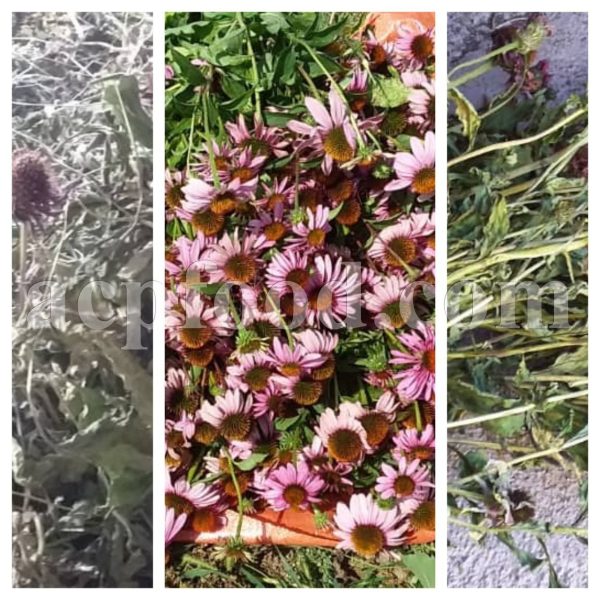
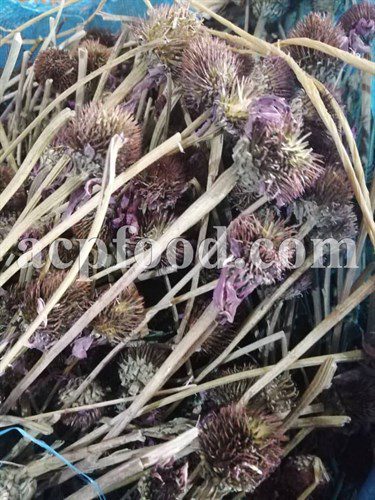
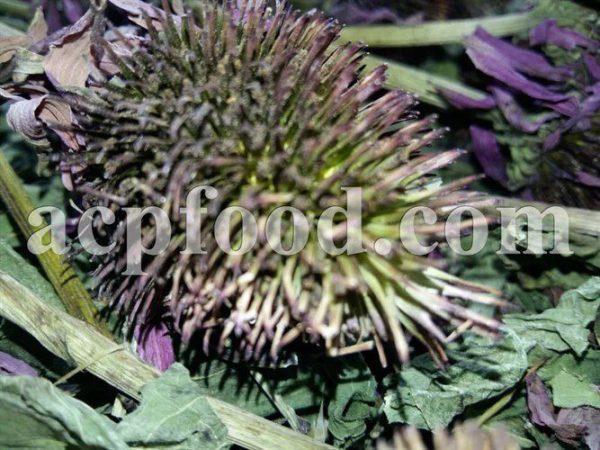
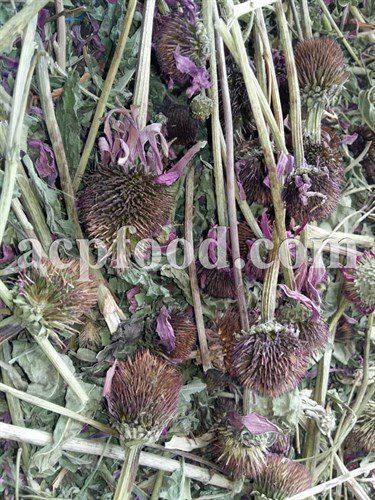
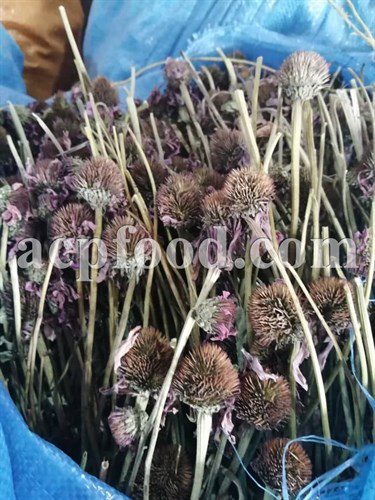





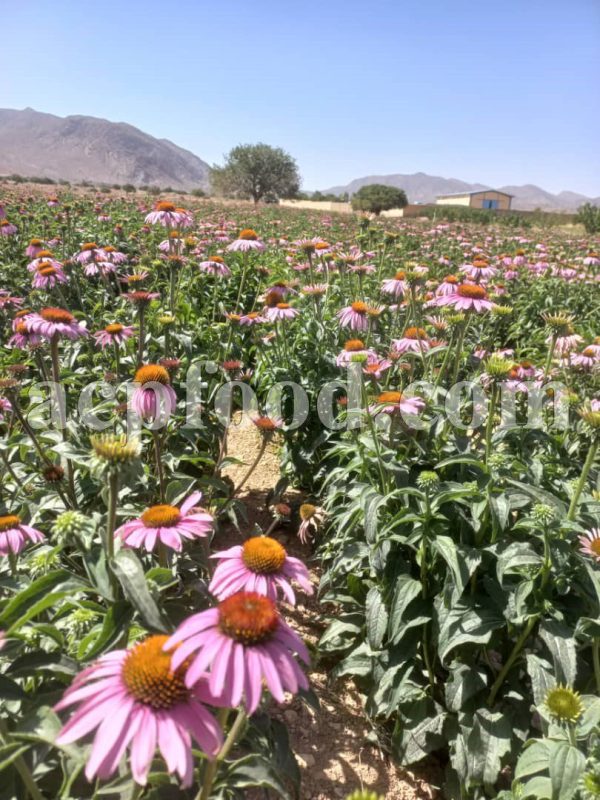
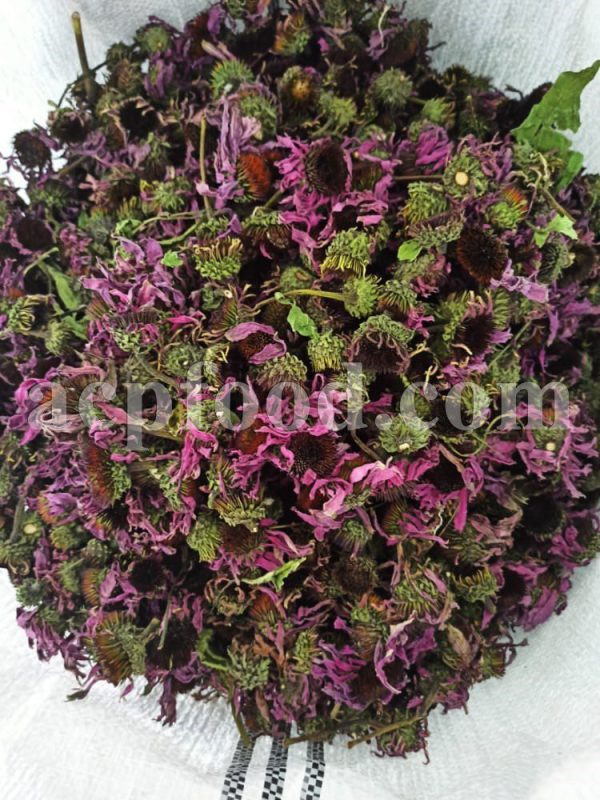
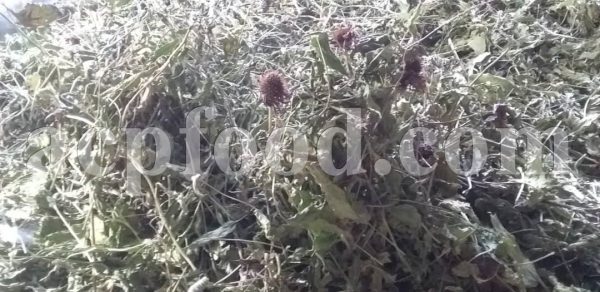
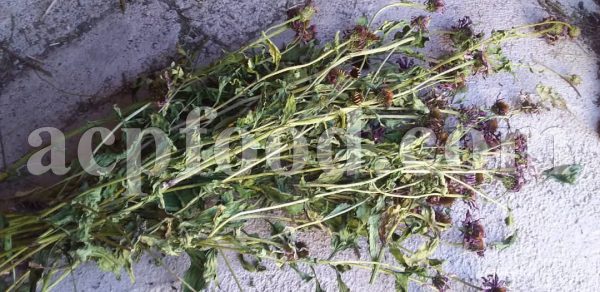
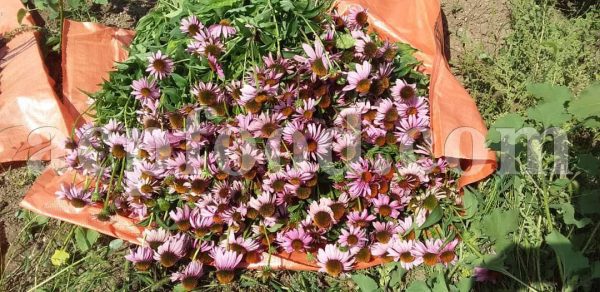
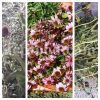
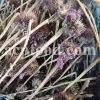
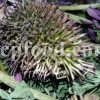
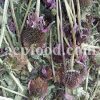
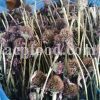






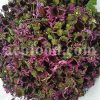

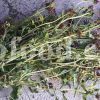
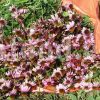
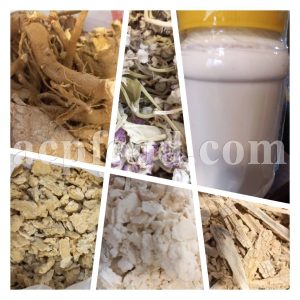
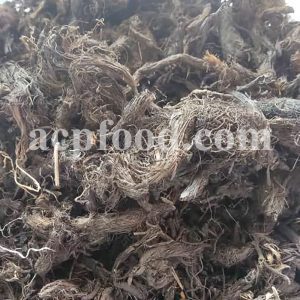
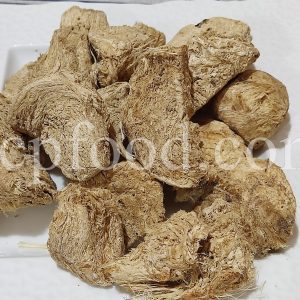
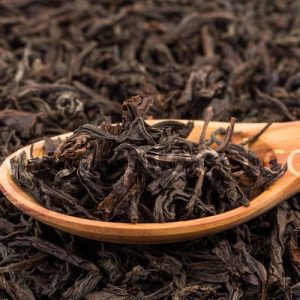
Reviews
There are no reviews yet.